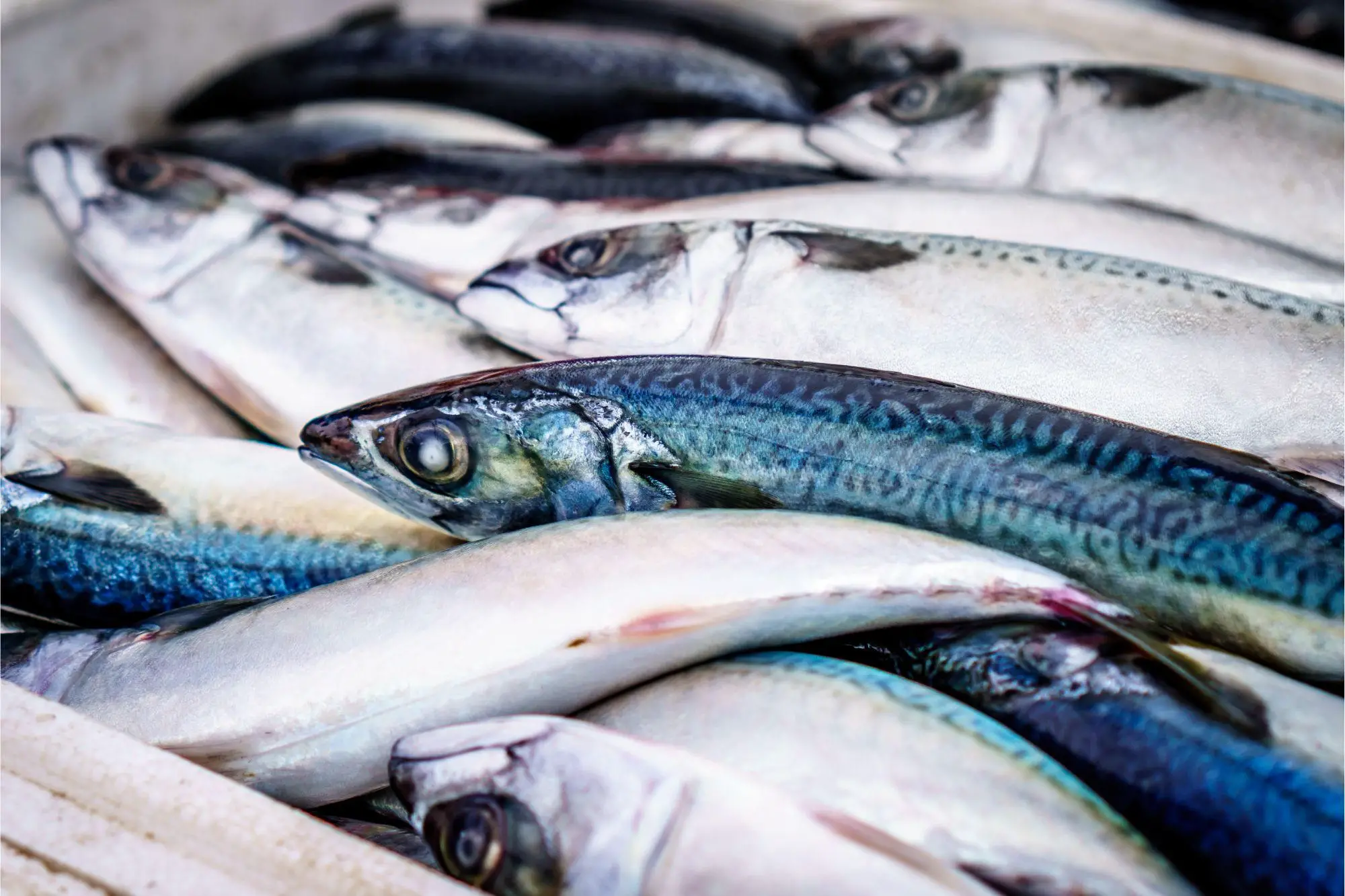Blue foods, also called aquatic foods, come from various bodies of water such as oceans, lakes, rivers, ponds, reservoirs, and gutters. These foods come from a variety of sources, including aquatic animals, plants, and algae. Blue foods play a vital role in the nutrition of billions of people around the world and support the livelihoods of hundreds of millions of people.
Diets rich in foods from the ocean and freshwater sources could solve both nutritional and ecological problems.
Foods from ocean or freshwater sources, called blue foods, have the ability to contribute significantly to solving multiple global problems. By carefully implementing policies that use these foods, countries can make progress in alleviating nutrient deficiencies, reducing the risk of disease, reducing greenhouse gas emissions, and building resilience to climate change.
So say experts from the Blue Food Assessment, an international team of scientists dedicated to studying the role of aquatic foods in the global food system. In a recent article published in the journal Naturescientists point to the global benefits of adding more blue foods to the global diet.
“Even though people around the world depend on and enjoy seafood, the potential of these blue foods for people and the environment remains underestimated,” said UC Santa Barbara marine ecologist Ben Halpern. , director of the National Center for Ecological Analysis & Synthesis and a member of the team. “With this work, we are bringing attention to these many possibilities and the transformative benefits blue foods can have for people’s lives and the environments they live in.”
Building on the landmark Blue Food Assessment, this study synthesizes the findings of the assessment and translates them into four policy objectives related to nutrition, health, environment and livelihoods. The research team reports that aquatic foods are rich in many essential nutrients, especially vitamin B12 and omega-3 fatty acids, whose deficiencies are relatively high globally, especially in African and South American countries. Increasing the consumption of blue foods in these areas could reduce malnutrition, especially for vulnerable populations such as young children and the elderly, pregnant women and women of childbearing age.
Meanwhile, high incidences of cardiovascular disease – a condition associated with excessive consumption of red meat – are mainly found in wealthy, developed countries in North America and Europe. Promoting more freshwater or marine seafood here could displace some of the consumption of red and processed meat and reduce the risks and rates of developing heart disease.
More blue food can also mean a more environmentally friendly and sustainable food system. Since aquatic food production exerts relatively lower environmental pressures than terrestrial meat production, a move towards more blue foods could reduce the cost than terrestrial livestock production (especially ruminants such as cows , sheep and goats) weighs on the earth.
Carefully developed, aquaculture, mariculture and fisheries also present employment opportunities and can support the livelihoods of hundreds of millions of people around the world, researchers say.
With the thoughtful implementation of blue food policies that lower barriers to production and access to blue foods, countries could reap multiple benefits simultaneously, resulting in healthier people and a sustainable food system. , as well as a better ability to adapt to changing environmental conditions. But not all countries will benefit to the same degree.
“Blue foods can play an important role in our diets, societies, and economies, but exactly what it will look like will vary greatly by country and local environment,” the author said. principal of the study, Beatrice Crona, professor at the Stockholm Resilience Center. at Stockholm University and co-chair of the Blue Food Assessment. “Our goal is for policy makers to fully understand the various contributions that blue foods can make, but also to consider the trade-offs that need to be negotiated to make the most of the opportunities that blue foods provide.”
For this, the team proposes a online toolwhere users can see the relevance of policy goals around the world in nutrition, heart disease, environment, and climate resilience.
“By further customizing the various parameters of the online tool, policy makers can explore the blue food policies most relevant to their national context and use the document to inspire blue food policies capable of overcoming existing environmental and nutritional challenges,” said Jim Leape, co-director of the Stanford Center for Ocean Solutions, a key partner in the Blue Food Assessment.
This study is the latest in a series of peer-reviewed articles written by the Blue Foods Review Team with the aim of understanding the potential of blue foods in the current and future global food system, and to help to inform and guide the policies that will shape the future. of food.
“Working closely with the large international team of diverse experts on the Blue Foods assessment has been incredible,” Halpern said. “The integration and synthesis of all the insights and insights that have emerged from this work, and which we have tried to capture in this article, is truly exciting.”
Reference: “Four Ways Blue Foods Can Help Achieve Food System Ambitions Across Nations” by Beatrice I. Crona, Emmy Wassénius, Malin Jonell, J. Zachary Koehn, Rebecca Short, Michelle Tigchelaar, Tim M. Daw , Christopher D. Golden, Jessica A. Gephart, Edward H. Allison, Simon R. Bush, Ling Cao, William WL Cheung, Fabrice DeClerck, Jessica Fanzo, Stefan Gelcich, Avinash Kishore, Benjamin S. Halpern, Christina C. Hicks, James P. Leape, David C Little, Fiorenza Micheli, Rosamond L. Naylor, Michael Phillips, Elizabeth R. Selig, Marco Springmann, U. Rashid Sumaila, Max Troell, Shakuntala H. Thilsted, and Colette CC Wabnitz, February 22, 2023, Nature.
DOI: 10.1038/s41586-023-05737-x

